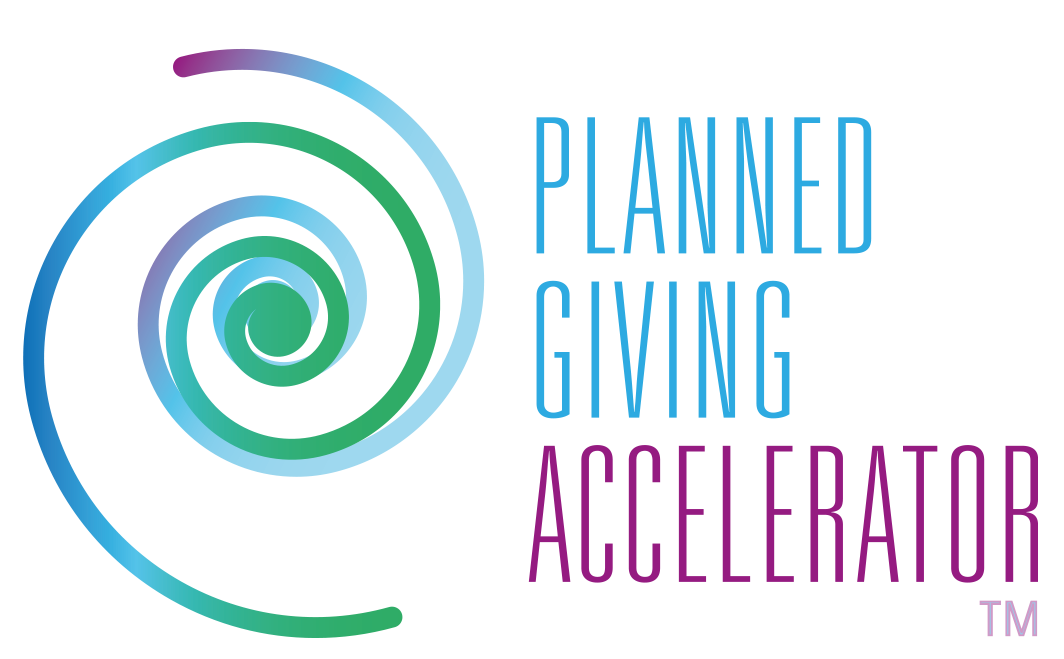In both football and fundraising, the fourth quarter is often the most pivotal.
On the gridiron, big games can be won by strong fourth quarter execution culminating in a game winning drive.
The same goes for fundraising where the fourth quarter of the year serves as prime giving season. Many nonprofits are launching annual campaigns and fundraising drives tied to the holidays. Giving Tuesday, known as “the biggest celebration of generosity,” is set for Tuesday Nov. 29.
Yet amid this flurry of activity, it’s important to not forget about Planned Giving – because giving season can be Planned Giving Season as well.
It’s possible to incorporate Planned Giving into your fourth quarter push for donations by developing a hybrid ask in which donors are informed about pressing short-term needs as well as the long-term support of planned gifts.
Fundraisers who are in the early stages of developing a Planned Giving program often push back against this approach, voicing concerns that Planned Giving might siphon from short-term giving.
Yet research – and experience – has found that isn’t the case. In fact, engaging donors in Planned Giving can actually increase ongoing donations to capital campaigns and other shorter-term fundraising efforts.
Research on charitable bequests conducted by Texas Tech professor Russell James, found that donors who added a charitable beneficiary to their will increased their average annual giving by more than $3,000 after making the planned gift commitment.
You read that right. The process of making a substantial planned gift leads donors to be more generous in general with your organization.
Of course, it’s essential to be smart about your approach when framing a hybrid ask. A good start is to communicate that your organization has immediate needs and equally important is financial support to assure future sustainability and growth.
This framing broadens the conversation with a donor and grows their understanding of what it takes to successfully run your nonprofit – and introduces the potential role they can play in that success now and in the future.
You can emphasize that it is people like them – loyal supporters – who serve as the backbone of your organization. This conveys to your donor a well-deserved sense of ownership, responsibility and pride in achieving your mission for years to come.
This hybrid approach can lead to you getting some bequest commitments without negatively impacting shorter-term asks. If nothing else, you have planted Planned Giving seeds in the minds of your most loyal donors for potential future gifts.
The fourth quarter is pivotal for your organization’s fundraising efforts. By strategically weaving Planned Giving into the conversation, you stand a better chance of earning first downs and scoring touchdowns.


